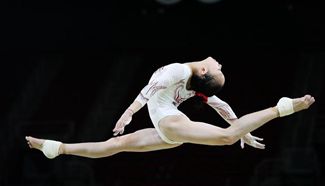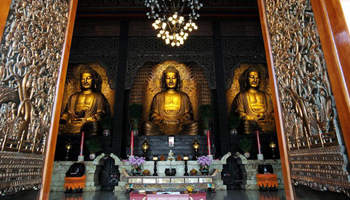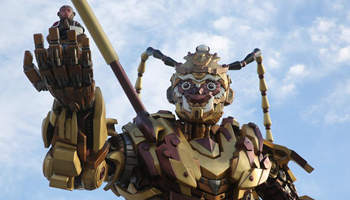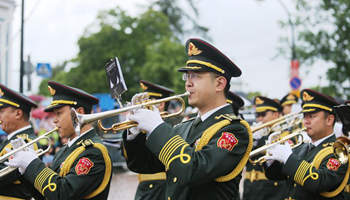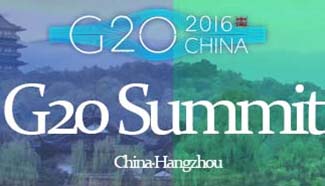MEXICO CITY, Aug. 4 (Xinhua) -- The emblem known as the Olympic Rings first appeared in 1913 at the top of a letter written by Baron Pierre de Coubertin, the founder of the modern Olympic Games. He drew and colored the rings by hand and they were then used as the symbol of the Olympic Congress in Paris in 1914.
According to the Frenchman during the Olympic Review of August 1913, the five interwoven rings of blue, yellow, black, green and red, in front of a white background represent "the five parts of the world now won over to Olympism and ready to accept its fertile rivalries. Moreover, the six colors thus combined reproduce those of all the nations without exception."
For example, "the blue and yellow of Sweden, the blue and white of Greece, the tri-colors of France, United Kingdom, Germany, Belgium, Italy and Hungary, and the yellow and red of Spain, are placed together with the innovations of Brazil or Australia, with old Japan, and with new China. Here is truly an international symbol," said the baron.
According to the International Olympic Committee (IOC), the Olympic Rings represent the universality of the Games, based on the idea that at least one of the six colors on the Olympic Flag are featured on all the country flags of the world and the five rings represent the five traditional continents: Africa, the Americas, Asia, Australia and Oceania and Europe.
However, the idea that each ring represents one of the five continents is still very popular even after the IOC rejected this notion.
According to U.S. historian Robert Barney, de Coubertin's idea for the rings came from the figure of two interlaced rings that was the symbol for the Union des Societes Francaises de Sports Athletiques (USFSA), an association founded by the union of two French sports associations. The baron was one of the founders of this association and served as president and secretary general at various times.
During the 1914 Congress, held to mark the 20th anniversary of the modern Games, the symbol was adopted as the Olympic Symbol and became the official flag for the Olympic Movement, being used for the first time at the 1920 Games held in Antwerp, Belgium.
The Olympic Flag has been raised during all Olympic Opening Ceremonies since Antwerp 1920, and has also been lowered during every Olympic Closing Ceremony since then.


